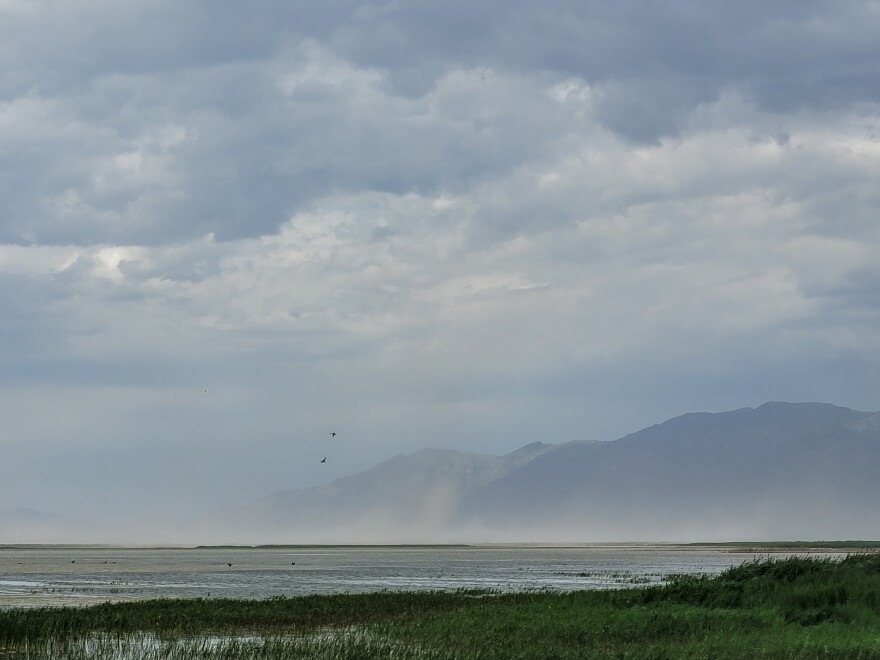The Great Salt Lake Deputy Commissioner has created a priority list to tackle potentially toxic dust coming from the exposed lakebed.
Though Great Salt Lake's water levels have improved after two consecutive strong winters, only 15-20% of dust hot spots have been covered, climate scientist Kevin Perry with the University of Utah told FOX 13 News.
Those hot spots blow dust into nearby communities like Salt Lake City, Ogden, and Farmington. This leads to an increase in particulate matter, tiny droplets that can irritate the eyes, nose, and throat, or even get into deeper parts of the lungs and blood. The dust also contains harmful minerals like arsenic, cadmium, copper, and lead.
Research is also being done into other possible consequences of the dust, including potential long-term health issues and effects on crops or soil.
Scientists and state officials met in May to discuss the problem, and from that came Great Salt Lake Deputy Commissioner Tim Davis’ new action plan.
"Even though a lot of work has been done around the Great Salt Lake and dust ... there’s a lot we don’t know,” Davis said. “So this is the first time from the Great Salt Lake commissioner’s Office, pulling everybody together and saying what do we need to know.”
Many of the priorities involved getting a better understanding of what’s in the dust, where it’s most likely to come from, who and what is affected by it, and how severe those effects are.
The plan's action items include:
- Investing in an improved monitoring network for dust
- Getting a better understanding of health implications from exposure
- Developing real-time public education tools
- Identifying and testing cost-effective mitigation measures while securing more water for the lake
The commission plans to utilize quarterly Great Salt Lake dust meetings to provide feedback on studies and implementation of these action items.




